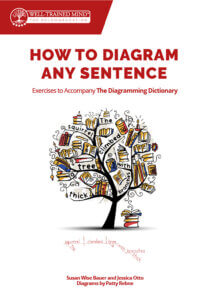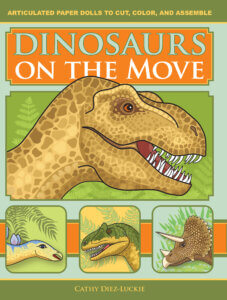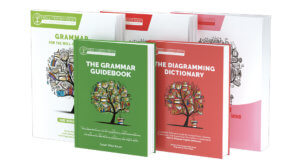
When you need curriculum for a student who faces the challenges of dyslexia and/or dysgraphia, there are two important considerations:
- The student has to be able to use the curriculum to learn the skills and content.
- The parent/instructor has to be able to deliver the curriculum or it won’t get done at all.
Well-Trained Mind Press sells writing and grammar curricula for grammar/elementary and logic/intermediate students which flesh out the classical education described in The Well-Trained Mind, 4th Edition.
The writing and grammar curricula pair well, but each can be used with complementary programs from other vendors. Our curriculum map gives you an idea of the ages and stages targeted by each curriculum.
Writing With Ease (WWE) is designed for the elementary student. Most students will receive enough instruction using Levels 1-3. Level 4 can be used to provide additional exercises for students who need more practice or some remediation before moving to intermediate writing.
Writing With Skill (WWS) reviews the concepts from WWE and continues the instruction for the intermediate student to prepare them for rhetoric level writing.
The instruction is based on the classical model of education. At the core of this model, you will find age-appropriate skill building through narration, dictation, copywork and broad exposure to the works of great authors. WWE and WWS provide incremental, parts-to-whole instruction focused on the content, developmental level, and interests appropriate to the student’s age and stage.
You can read more about the curriculum on the individual product pages (links included in the table, above). Each publication has an extended sample (including the Table of contents and teacher instructions) for your review; you can see the sample by clicking on the lavender button under the book cover photo.
You can find answers to frequently asked questions on our Help-Center – FAQ.
Susan Wise Bauer’s recommendations for where to start in language arts are outlined in this article.
This article, Sentence Diagramming and Dysgraphia, describes a website that students with dysgraphia might find useful when they are diagramming sentences.
| Stage | Writing | Grammar |
|---|---|---|
| Grammar/ Elementary | Writing With Ease | First Language Lessons |
| Logic/ Intermediate | Writing With Skill | Grammar for the Well-Trained Mind |
Now, let’s talk dyslexia, dysgraphia and Well-Trained Mind Press curriculum.
In the elementary years, many parents can deliver the instruction without a formal curriculum. Well-Trained Mind Press’ book, The Complete Writer: Writing With Ease, Four-Year Guide provides instructor guidance but leaves the literary selection to the instructor. This can be especially useful for a parent working with an out-of-band student–one who is older (or younger!) than the curriculum’s targeted age, or one who has a deep interest in specific subject areas.
To help relieve parents from some of the work, we created the WWE Workbooks. The first part of the workbook is scripted instructor materials; the second half consists of student pages with room for writing narration, dictation and copywork. (The student pages are perforated for easy removal.) All of the scripted instruction is for the instructor; the student has very little reading to do–the focus is on writing.
In the elementary years, with WWE, you have a choice: You can purchase the text and make literary selections appropriate for your student, and they can do the writing on their own paper; or you can purchase the workbooks and have the selections done for you, and the students can write on the workbook paper. Or you can purchase both to keep your options open.
WWS, our intermediate writing curriculum, consists of four levels. Each level requires both an instructor book and a student workbook. The scripted instruction continues, but the format is such that the student assumes more responsibility for reading the selections and following the instructions to complete assignments.
In both WWE and WWS, the scripting is conversational, with step-by-step and explicit instruction. The amount of reading increases in WWE-3, which can pose a difficulty for a student with dyslexia. Don’t let this be a barrier to learning: if your student needs a power-assist, read the instructions or literary passages aloud to her.
WWE Levels 3 and 4 continue with narration and dictation and add original sentence composition. Dictation teaches students how to hold thoughts in their heads–they need to be able to do this both in preparation and in the process of writing. It’s a necessary skill and it can be developed with the explicit teaching and practice in WWE. However, for some students, dictation is difficult, even if they started young and worked with increasingly complex passages. Insecurity with spelling, spacing, capitalization, or letter formation gets in the way of the ability to retain the memory of longer sentences. This struggle is not insurmountable. You can use WWE if you maintain a little flexibility.
Here are a few ideas for adjusting the dictation process:
- Focus on getting the words down: ignore spelling, capitalization, etc. at the first effort. After your student has made that first effort, repeat the dictation a second time and have your student follow along, correcting capitals and punctuation. Then have her reread the sentence (aloud or silently) and edit her work for spelling.
- Break the dictation into smaller chunks.
- Repeat the passage as many times as necessary. Be sure to repeat phrases or sentences, but do not “feed” one word at a time. That negates the value of the exercise.
Susan Wise Bauer made a couple videos of a real teaching session, working with her son, and making these accommodations. He is using WWE Level 4 as an older student (13 yrs old): Part 1 and Part 2.
The writing passages in WWE-4 are easier to read and comprehend than those in WWS-1. This gives you some breathing room to focus on writing. If your student is overly frustrated by reading, the writing instruction could be at risk. Don’t let that happen! Help the student by reading the passages aloud; help the student understand the meaning of the passage. Remember that you can use The Complete Writer: Writing With Ease, Four-Year Guide to guide you as you select dictation passages appropriate to the student so that this skill can be mastered.
Dictation instruction ends in WWE-4. WWS-1 no longer includes dictation exercises–it assumes that the student has mastered the skill. WWS-1 replaces dictation exercises with outlining instruction, in keeping with the logic stage’s affinity to organizing and to establishing connections.
WWS continues to develop narrating and summarizing skills. If the student can summarize a selection while needing only a few re-directs or tweaks along the way, she should be fine. However, if reducing material to basic facts overwhelms her, or requires continual redirection, consider these options:
- Review lessons in WWE-4 or if the student has not completed WWE-4, do so focusing on the summarizing skills, perhaps with new material of your choosing. OR
- Begin WWS-1 and take additional time to complete the assignments to allow for reinforcement.
If the student continues to struggle with narration, you can follow these same suggestions.
When you are deciding between using WWE-4 or moving ahead into WWS-1, you have to consider your student’s preferences. If you start with WWE-4 and breeze through easily, you might feel that you should have chosen WWS-1 instead–but your student might feel empowered! This could give you the momentum to swing right into WWS-1. If you start with WWS and experience a lot of frustration, it can feel like a big set-back to your child to stop and start another level/program.
On the other hand, WWS has a slightly more mature feel to it that can be psychologically beneficial to an older student who is sensitive to using material they consider “too young.” This isn’t the case with all students, but if it is, you might be better off working half-speed with the intermediate curriculum than staying at the elementary level. Why not dial it back, and take two years for WWS-1?
These decisions have to be made based on what you know of your own students.
Recommended Products
-
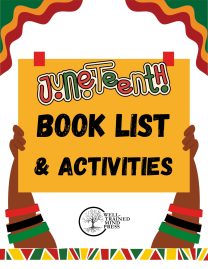
Juneteenth Booklist & Activities
0 out of 5$0.00 Add to cart -
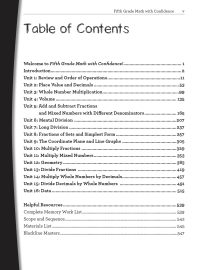
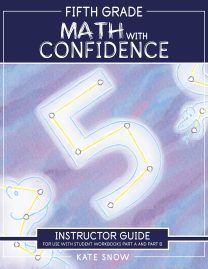
Fifth Grade Math with Confidence Instructor Guide
0 out of 5Starting at:$36.95Original price was: $36.95.$27.71Current price is: $27.71. Select options -
Sale!

Hansel & Gretel and Other Stories: Downloadable MP3
0 out of 5$12.95Original price was: $12.95.$8.42Current price is: $8.42. Add to cart -
Sale!

Dorothy and the Wizard in Oz: Downloadable MP3
0 out of 5$25.95Original price was: $25.95.$16.87Current price is: $16.87. Add to cart -
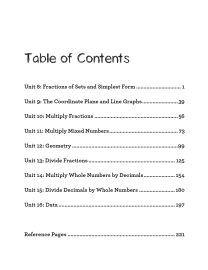 Sale!
Sale!
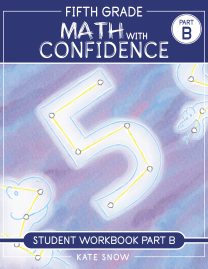
Fifth Grade Math with Confidence Student Workbook B
0 out of 5$16.46 – $21.56 Select options This product has multiple variants. The options may be chosen on the product page -
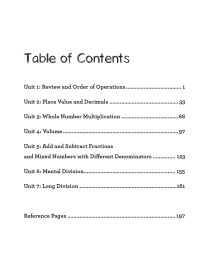 Sale!
Sale!
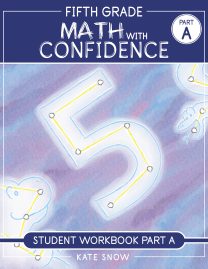
Fifth Grade Math with Confidence Student Workbook A
0 out of 5$16.46 – $21.56 Select options This product has multiple variants. The options may be chosen on the product page
ABOUT THE AUTHOR
Join over 100,000 homeschooling families
For the latest offers, educational insights, products and more.
By joining you agree to our privacy policy.









